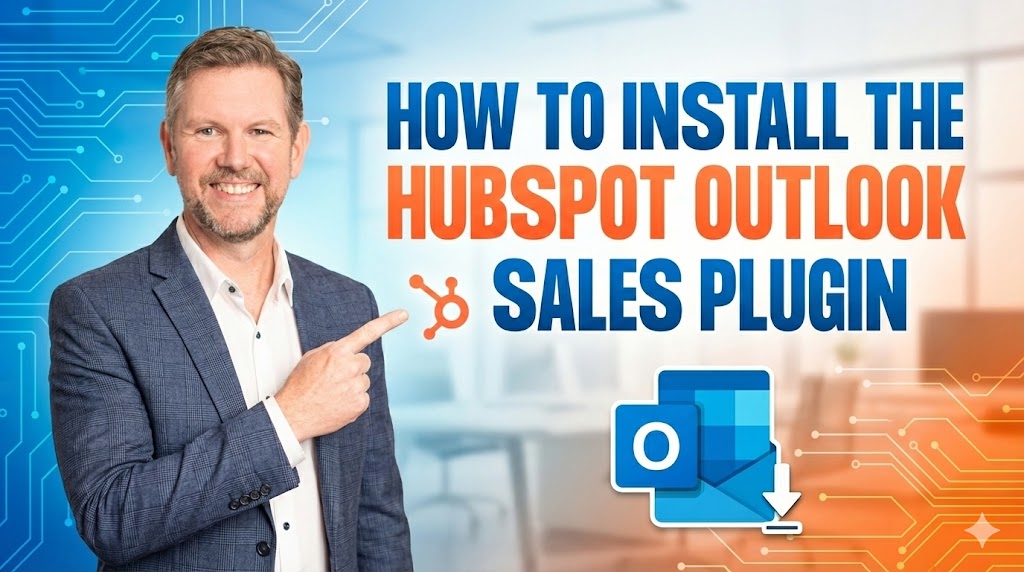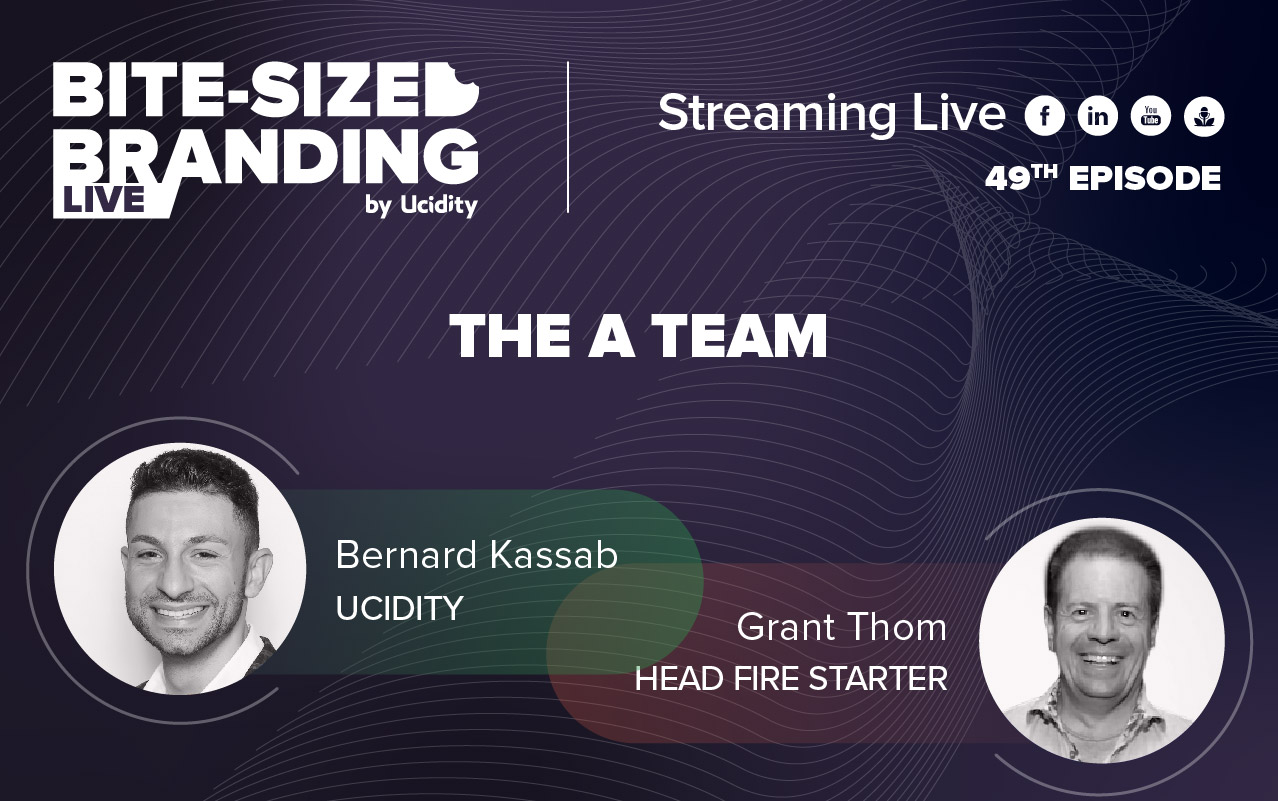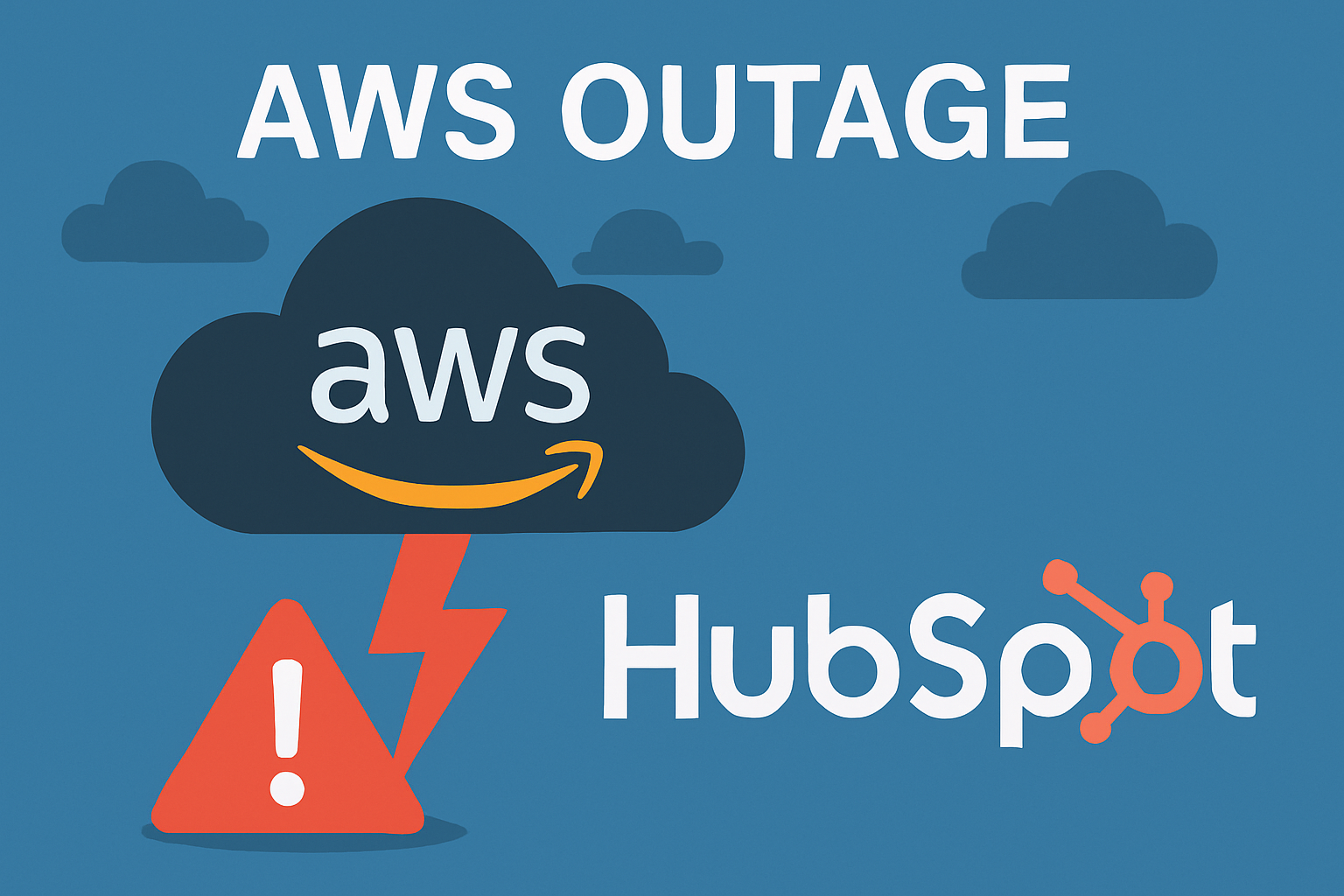
Content Marketing | 5 min read
In our experience, it takes around 3 months to build a professional website for an established business. Here’s the major website milestones.
Weeks 1 – 2: The Planning and Research Stage
At this stage of the project, you’ll be working with your web agency to plan and research the following. We recommend a couple of face to face meetings to nut out all of these. ONLY continue to the next stage after this has been completed.
- What do you want the website to achieve for your business?
- What’s your budget for the website?
- Who’s your target audience?
- What stage of the buying cycle is your target audience at?
- What are at least three websites that you like and why do you like them?
- What pages will you want on the website? We recommend starting with the following:
- Home page
- About Us
- Services Listing
- Individual Services pages
- Blog Listing
- Individual Blog pages
- Contact Us
- How will traffic get to the website? We recommend researching the following:
- Organic (unpaid) traffic
- Showing up in search engine results – what types of searches do you want each web page to show up in? This will drive the direction for the
- Promoting via social media – which social media platforms does your IDEAL target market hang out in?
- Monthly email newsletters – how big is your email database and which segment is likely to purchase from you?
- Networking – what types of networking events are the best for you to attend?
- And many more – ready our article “15 ways to quickly generate leads for your business” for creative ways to drive traffic to your website
- Paid traffic
- What platforms are you going to advertise on? e.g. Google Adwords, Facebook Ads etc.
- How much are you willing to spend each day?
- How much are you willing to pay for each lead? We recommend tracking everything including Cost Per Click and your conversion percentage for each stage of the nurture / buying cycle
- At what point will do turn on / turn up / turn down or turn off a paid campaign?
- Organic (unpaid) traffic
- Where will the website be hosted? Will the updated site require more powerful hosting?
- Where are you going to source the images and videos for the website from?
- What are you going to do about the words on the website:
- Write it yourself
- Write it yourself and get a professional to jazz it up
- Get a professional to research and write content that helps your website achieve its goals.
- Are there significant events in your business / marketplace / industry that require the new website to be running by a particular date?
- Who’s going to be responsible for each component of the website.
- Who’s going to be available during each stage of the website?
Weeks 3 -5: The Design Stage
At this stage of the project your web agency will be designing what the new website will look like. We recommend the following approach:
- Design wireframes to get a high level feel for:
- What things will need to be displayed on each page
- Where things will be placed on each page – for desktop, tablet and mobile devices
- How each component works on each page, e.g. the Services page only includes a filtered set of testimonials and blog posts that are relevant to that service
- Design the home page of the site.
- Only when the home page has been signed off, design the look for other major pages on the website, e.g.
- The Services listing page
- An individual services page
- A “standard” content page
- Sign off the each of the above designs.
Once you’re happy with the design of the new website, the web agency will move into the next stage. Keep in mind that you’ll want to be pretty sure on the design of the site as changes usually incur a cost – especially if the next stage has already been kicked off.
Weeks 6 – 10: The Content and Development Stage
In this stage, the site gets converted from the design to a real, live and functioning website. Each of the following components normally runs in parallel.
The Content Writing Component
This component is where the text for the website is written. A professional content writer will be your best option for this component as they’ll do their due diligence and research SEO keywords and phrases based on your ideal target market. From this research, they’ll write text on your website that sells – i.e. when your ideal target market jumps onto a page on your website – they’ll feel like the content has been written just for them. Ideally, that website visitor will choose your business to do business with.
The Imagery and Videography Component
This component is one that’s critically important for the success of a website. We’ve seen some pretty amazing website designs fall completely flat because the business chose to use cheap stock images or take their own photos on an old iPhone.
The best option for this component is to have a sit down session with your agency where they offer their advice on what images to select and where they should go on the website.
We also highly recommend using a professional photographer to bring in your own imagery that’s unique to your business.
The Development Component
This component is where the developers / coders convert the website design into a live website. Ideally, they’ll be building the website in a way that’s easy to use for your business, it’s fast, it looks the same as the original designs and it looks great on all devices. The developers should also be taking into account things like the structure of the site to help with SEO and making sure the website is secure.
We recommend a weekly update from the development team so you can view the website as it’s being built.
Weeks 11 – 12: The Testing Stage
This stage kicks off after the site’s been built. It’s the stage that needs a least a couple of weeks in the project plan. We recommend:
- The site gets tested by the agency first.
- The agency hands over to your business for testing. We recommend that you get a testing document from the web agency to help you with testing.
- There’s a tracking document where you can type in any bugs that you’ve found on the site and track how they agency is going with each bug. This document is also useful after the website has gone live in case other people find bugs with the site as well.
End of Week 12: The Go Live Stage
Once the site has been fully tested and all the bugs have been ironed out, it’s time to flick the switch and make the website live. We recommend an official message from your business to the agency to give them the green light.
The go live process can take anything from a few minutes to a few hours. It’s always worth investigating whether your live site will be off-line whilst the new website is going live. If so, is the agency able to make the new website live in the middle of the night when there’s less traffic or do they have another technique up their sleeve.
Week 12+: The Maintenance and Growth Stage
As far as we’re concerned – this is the most exciting part of a website project. This is where you get to monitor how the website is performing in relation to the original website goals. Ideally, after around 90 days you’re starting to see some real progress with your new website and your business is starting to experience additional growth.
Published on March 01, 2019

.jpg)

%20Pull%20Marketing%20Strategies.jpg)
